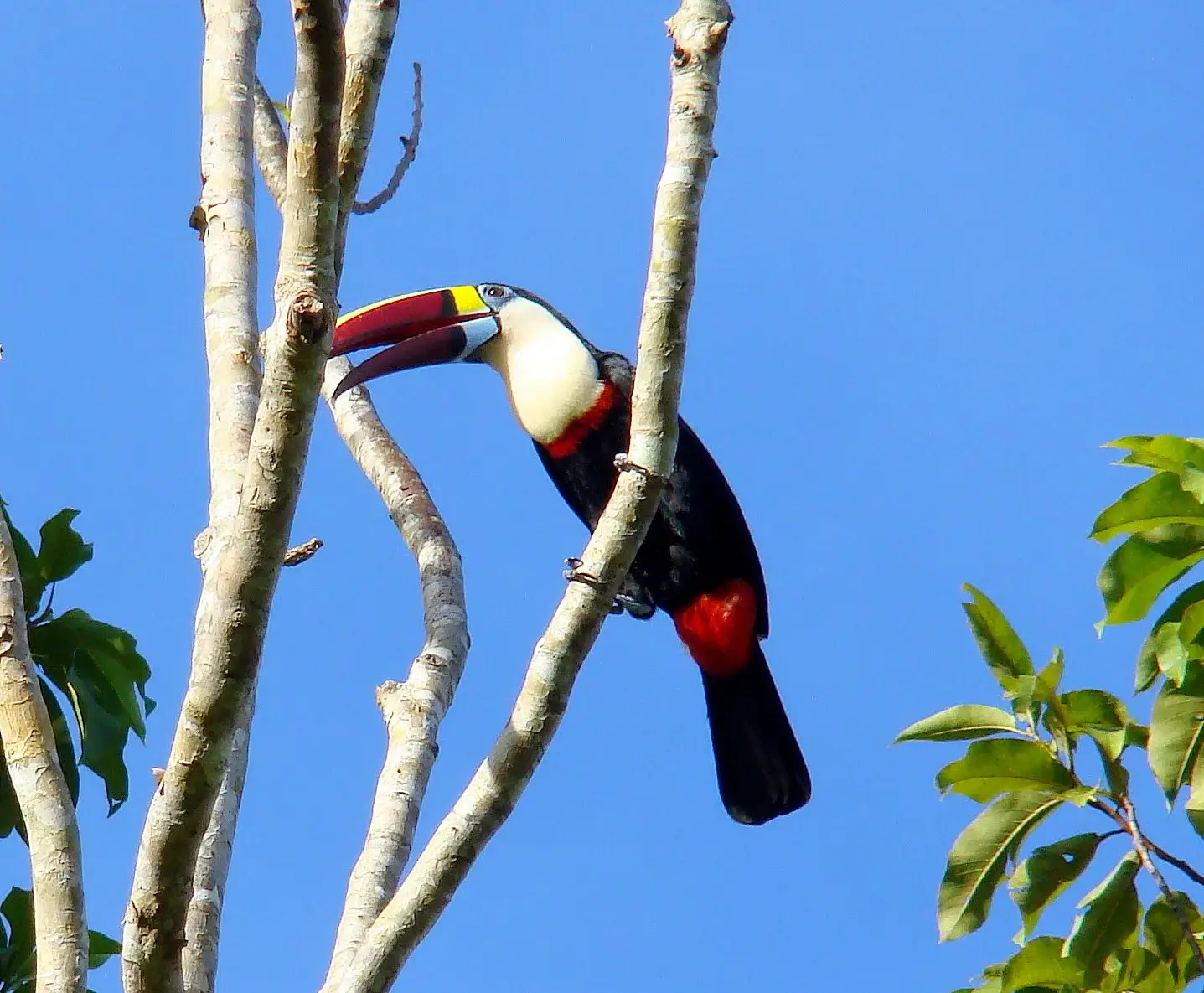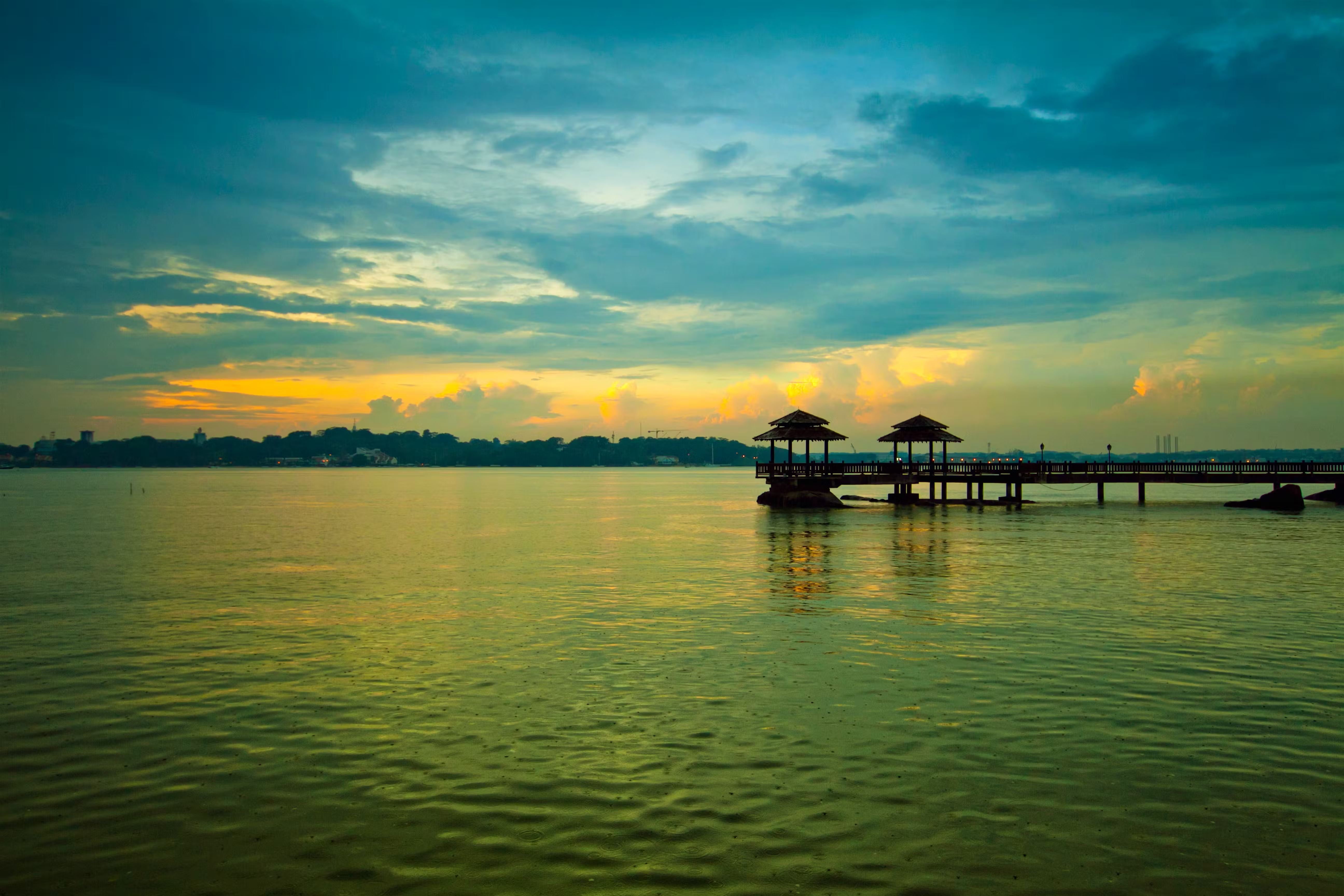Discovering the Biodiversity Hotspot of Suriname: A Hidden Gem in South America

Suriname, nestled on the northeastern coast of South America, remains an untouched paradise for nature lovers and environmental enthusiasts alike. Despite its modest size, this little-known gem is teeming with incredible biodiversity, lush rainforests, and awe-inspiring landscapes. As the world grapples with environmental concerns, Suriname serves as a shining example of how a nation can preserve its ecological heritage while promoting sustainable development.
Rich Rainforests and Incredible Biodiversity:
Suriname is home to vast stretches of unspoiled rainforests, covering more than 90% of its land area. These rainforests play a critical role in mitigating climate change by absorbing massive amounts of carbon dioxide. Moreover, they shelter an impressive array of wildlife, including jaguars, tapirs, monkeys, and countless species of birds and reptiles. Suriname’s commitment to conservation and protected areas has resulted in the establishment of several nature reserves, such as Brownsberg Nature Park and the Central Suriname Nature Reserve, which contribute significantly to the region’s biodiversity.
Sustainable Practices and Conservation Efforts:
Suriname recognizes the importance of sustainable practices to ensure the long-term preservation of its natural resources. The country has implemented various conservation projects, including agroforestry initiatives that promote the cultivation of crops alongside native flora. These practices not only maintain soil fertility but also provide economic opportunities for local communities. Suriname also actively engages in reforestation programs to combat deforestation and restore degraded areas. By collaborating with international organizations and implementing responsible forest management strategies, Suriname remains committed to safeguarding its natural heritage.
Conservation and Indigenous Communities:
The conservation efforts in Suriname have placed a strong emphasis on engaging with indigenous communities that have the most profound knowledge of the land and its resources. These communities are crucial partners in preserving the country’s biodiversity, as they possess traditional knowledge of sustainable land use and unique cultural practices that mesh harmoniously with nature. Suriname recognizes the rights of indigenous people and actively involves them in decision-making processes, ensuring their voices are heard when it comes to implementing conservation initiatives. This collaborative approach fosters a sustainable relationship between indigenous communities and the environment.
Tourism and Eco-friendly Adventures:
Suriname’s commitment to preserving its natural treasures has also paved the way for sustainable tourism. The country offers visitors unparalleled opportunities to explore its pristine rainforests and rivers, while promoting environmentally friendly practices. Eco-lodges and guided tours are designed to minimize ecological impact, encouraging visitors to appreciate the beauty of Suriname while leaving minimal traces behind. Tourism in Suriname not only showcases the country’s exceptional biodiversity but also contributes to local economies, providing a financial incentive for further conservation efforts.
Conclusion:
Suriname stands out on the global stage as a shining example of environmental stewardship and sustainable development. Its remarkable rainforests, incredible biodiversity, and commitment to conservation make it a beacon of hope for the world. As we face growing environmental challenges, Suriname serves as a reminder that with dedication, collaboration, and a deep respect for nature, we can create a harmonious coexistence between humanity and the natural world.









